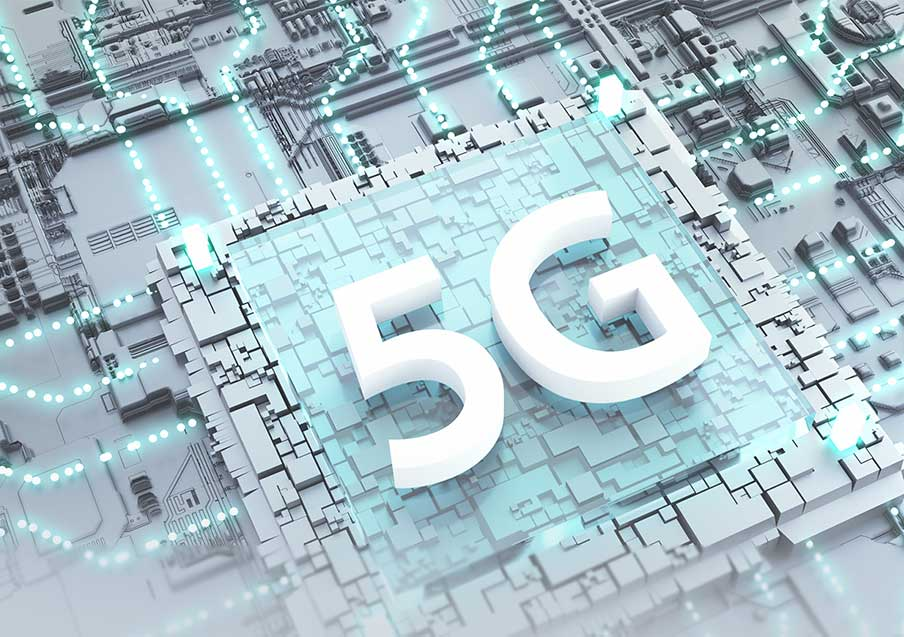Multi-antenna soft merging and LDPC coding scheme are adopted to improve the receiving sensitivity and achieve longer-distance transmission under the same transmission power. The distance in open areas is 2~3 times that of WIFI, and the distance of interference environment in urban areas is 1.5~2 times that of WIFI.


A single SoC supports up to 8 users to access at the same time, and supports multi-SoCs expansion to 16,24 users.
TDMA multi-user access technology is adopted to avoid collisions and conflicts caused by WIFI random access and greatly improve communication reliability;
It can support a variety of flexible networking methods such as point-to-point, point-to-multipoint and relay.
In scenes with complex electromagnetic interference, the frequency point is automatically switched by sensing the interference of the surrounding environment.
Randomize the interference in the presence of burst interference;
Supports physical layer HARQ retransmission merging to quickly retransmit disturbed data blocks.


Supports the function that baseband wake up MCU, target wake-up time can be configured, and the MCU wakes up after baseband receives reliable data, thereby reducing system power consumption.
It supports high-speed movement of up to 1000KM/h between devices, and transmit image data normally.
